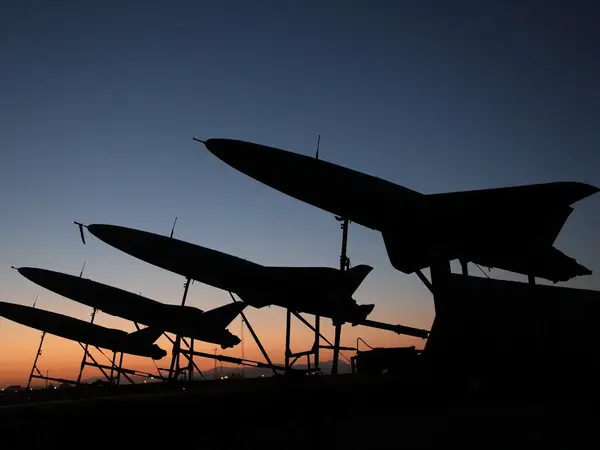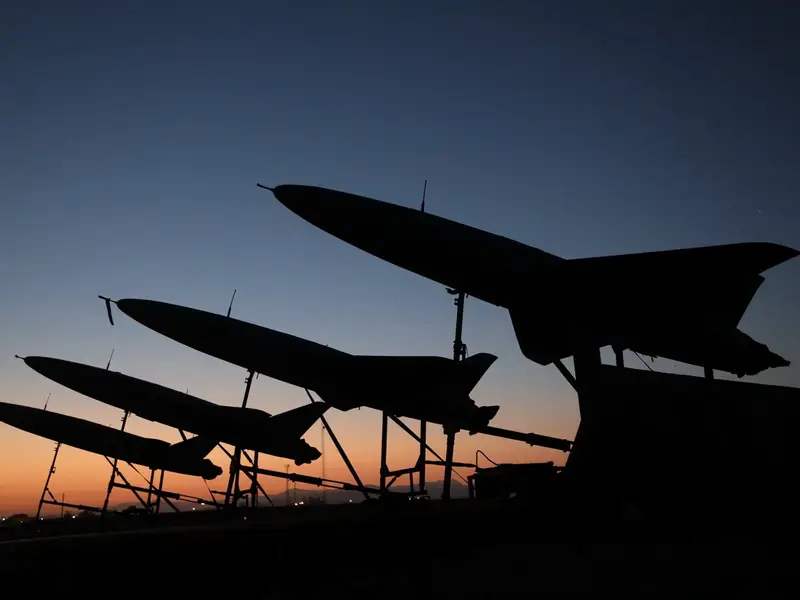In the run-up to New Year's Day, Ukraine's Air Force reported the deployment of 90 attack drones by Russia, with 87 of them successfully neutralized by Ukrainian air defense systems.
The overnight drone assault specifically targeted port infrastructure in Odessa, resulting in a fire in one of the port terminals, according to Ukraine's military on Monday.
The majority of the deployed drones are supposedly Iranian Shahed kamikaze drones, raising concerns among Western officials and analysts. Recent warnings suggest that Russia may be strategically reserving cruise missile strikes, potentially amassing stockpiles for more extensive assaults during the winter. Since mid-2022, Iran has been a crucial supplier of kamikaze UAVs to Russia, extensively employed for targeting civilian infrastructure and cities.
Priced at approximately $20,000 each, the kamikaze drones were utilized alongside missile attacks to overwhelm Ukrainian air defenses. In response to the relatively inexpensive drones, Ukraine had to deploy more expensive anti-air missiles.
In Lviv, debris from a Russian drone on January 1 ignited a local museum dedicated to the historical figure Roman Shukhevych. Despite the incident, air defenses were active, and residents were advised to seek shelter as Russian UAVs were reportedly identified in the area, with no recorded casualties.
On Friday, Russia initiated a major assault with 122 missiles and 36 drones against Ukrainian targets. The event marked the largest barrage in the 22-month war, resulting in at least 13 civilian casualties. Approximately 88 people were injured, and an unknown number were trapped under rubble during the 18-hour onslaught, according to Ukrainian officials.

